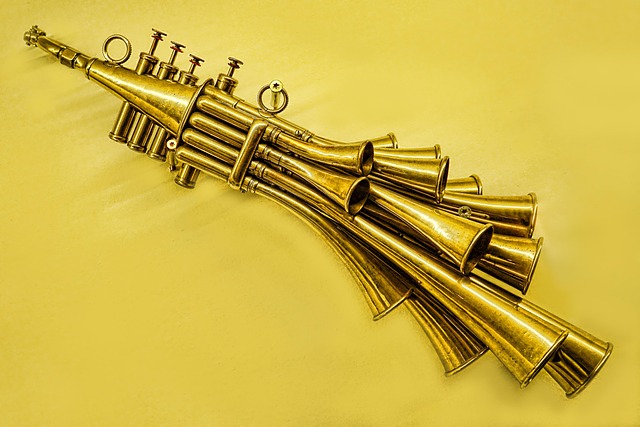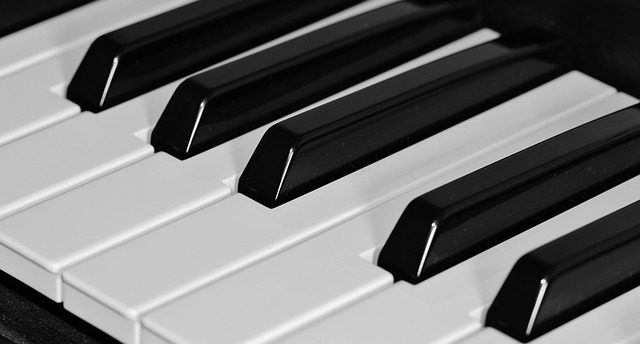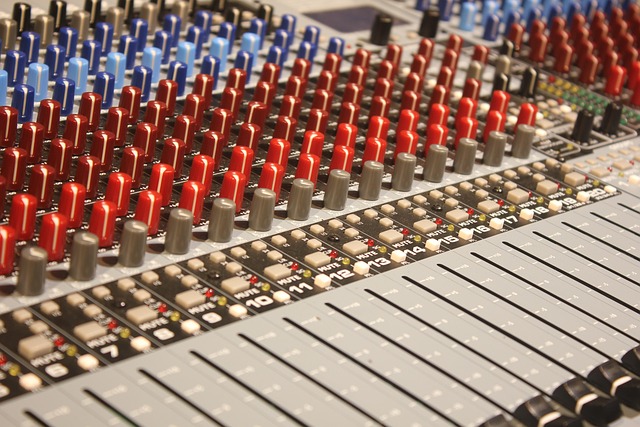When it comes to creating the ultimate home cinema experience, many enthusiasts focus on high-definition video, surround sound systems, and comfortable seating arrangements. However, the soul of audio magic often lies hidden in the brass instruments. These powerful and resonant instruments have the ability to fill a room with sound, transporting listeners to the heart of a cinematic masterpiece.
Brass instruments, such as trumpets, trombones, and tubas, possess a unique timbre that can elevate any film score. Their vibrant tones can conjure emotion, evoking feelings that make action scenes more thrilling or romance scenes more poignant. But to capture the true essence of these instruments, careful recording and attention to acoustics are essential.
Setting Up Your Cinema Room for Optimal Sound
Before you dive into the actual recording process, it’s vital to establish the right environment in your cinema room. The acoustics of your space will significantly impact the sound quality of the brass instruments. Consider using acoustic panels to minimize sound reflections and create a balanced auditory space, where the rich sound of each instrument can shine through.
Equipment You’ll Need
Investing in quality recording equipment will make a noticeable difference in the sound you capture. Here’s a quick checklist:
- Microphones: Choose dynamic or condenser microphones suitable for brass recordings. They should have a good frequency response and the ability to handle high sound pressure levels.
- Audio Interface: A reliable audio interface will provide better sound quality and enable you to connect microphones to your computer.
- Digital Audio Workstation (DAW): Software such as Pro Tools or Logic Pro can help you edit and mix your recordings with precision.
Recording Techniques for Brass Instruments
When recording brass instruments, positioning is key. Experiment with microphone placement to find the sweet spot where the sound is rich and clear. Generally, placing the microphone a few feet away from the instrument will help capture its natural resonance. However, feel free to improvise—brass instruments can produce different tones depending on their location and angle.
Additionally, don’t overlook the importance of maintaining a peaceful atmosphere during recording sessions. This approach will help prevent unwanted noise from distracting or ruining your audio recordings.
Merging Audio and Video for a Cinematic Experience
Once you’ve captured the sounds of the brass instruments, the next step is to integrate this audio into your video. Make sure to sync the high-quality recordings with your visuals flawlessly to ensure that the emotion in the music complements the on-screen action. The seamless blend of audio and video will bring your home cinema to life in a way that enhances the entire viewing experience.
Your cinema room is more than just a place to watch movies; it’s an immersive experience waiting to unfold. By mastering the art of recording brass instruments, you’re laying the groundwork for an extraordinary auditory journey that will leave a lasting impression on all who enter your space.



